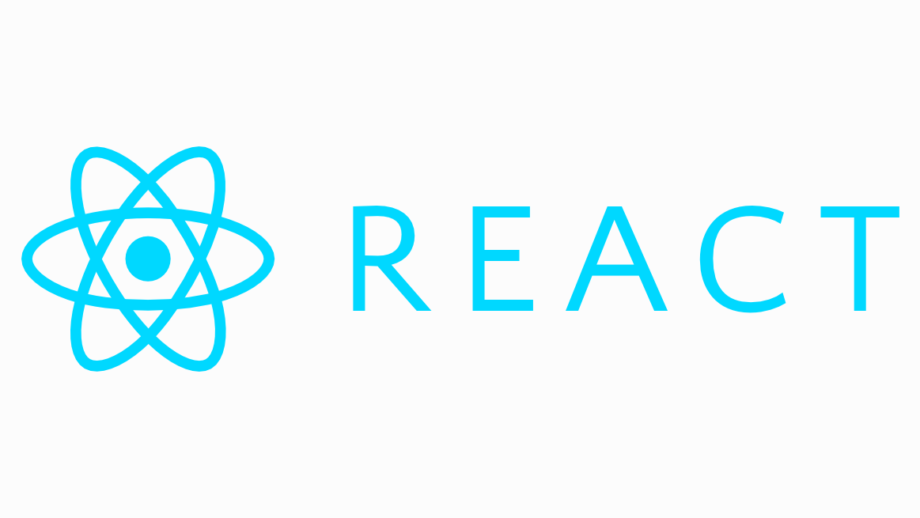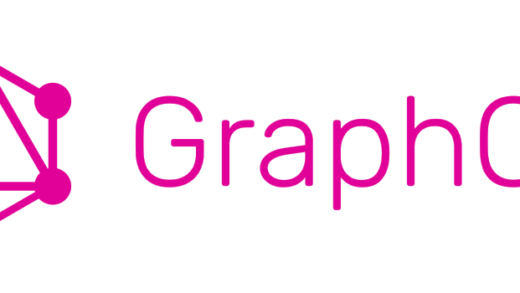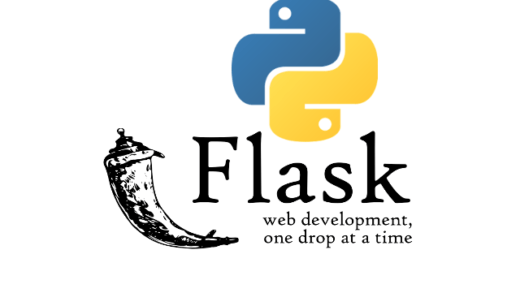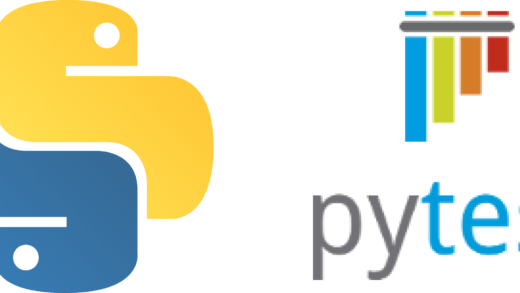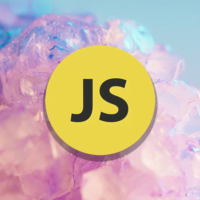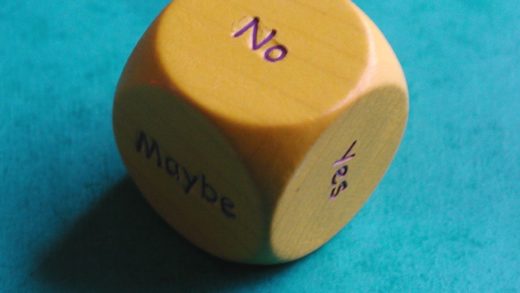In the world of startups, efficiency and productivity are paramount. React Hooks, introduced in React 16.8, have revolutionized the way developers manage state and side effects in functional components. This article explores how React Hooks can significantly enhance productivity in startup development, making it easier to write and maintain clean, modular code.
URL: https://unsplash.com/photos/group-of-people-having-a-meeting-VBLHICVh-lI
Understanding React Hooks
Before we delve into the enhanced productivity that React Hooks offer, it’s essential to grasp their fundamentals. React Hooks, a series of functions introduced in React 16.8, empower developers to leverage state and lifecycle features within functional components—a domain traditionally reserved for class components. The pivotal hooks in this paradigm shift are useState and useEffect.
If you’re navigating the startup landscape and need skilled React developers to harness the power of these hooks, consider exploring opportunities at https://lemon.io/hire-react-developers/. Now, let’s delve into how React Hooks revolutionize the development process.
- useState:
The useState hook allows functional components to manage local state. It takes an initial state value and returns an array with the current state and a function to update it. This eliminates the need for class components solely for state management.
- useEffect:
The useEffect hook is used for side effects in functional components. It replaces the lifecycle methods like componentDidMount and componentDidUpdate in class components. Developers can perform tasks like data fetching, subscriptions, or manual DOM manipulations within the useEffect hook.
Benefits of React Hooks in Startup Development
Now, let’s explore how React Hooks contribute to increased productivity in the unique context of startup development.
1. Simplified Component Logic
In startups, where development teams often wear multiple hats, simplicity in code is key. React Hooks allow developers to encapsulate component logic in a more straightforward manner. With the useState and useEffect hooks, complex class components can be replaced with concise and readable functional components.
Simplifying component logic not only reduces the cognitive load for developers but also accelerates the onboarding process for new team members. In a startup environment where agility is crucial, having a codebase that is easy to understand and modify is a significant advantage.
2. Code Reusability and Composition
React Hooks promote code reusability and composition, allowing developers to create custom hooks that encapsulate specific functionalities. These custom hooks can then be shared and reused across different components and even different projects.
For instance, a startup working on multiple projects might have a common authentication logic. By creating a custom useAuthentication hook, the authentication logic becomes modular and can be effortlessly integrated into various components, ensuring consistency and reducing redundancy.
3. Enhanced Testability
Testing is a fundamental aspect of startup development, ensuring that new features are introduced without breaking existing functionality. React Hooks facilitate easier unit testing by decoupling stateful logic from the component rendering.
With functional components and hooks, testing becomes more focused on the logic within the hook itself, leading to more targeted and efficient tests. This level of granularity in testing is invaluable for startups aiming to maintain a high level of code quality while rapidly iterating on their products.
4. Improved Developer Experience
React Hooks contribute to an improved developer experience by simplifying common tasks and reducing boilerplate code. With hooks, developers spend less time dealing with class-related syntax and lifecycle methods, allowing them to focus on the core functionality of their components.
Additionally, the introduction of hooks has made it easier for developers to embrace functional programming paradigms in React. This shift can lead to more predictable code, fewer bugs, and a better overall development experience for startup teams.
5. Smoother State Management
Managing state in functional components has historically been a challenge, often requiring the use of third-party libraries like Redux. React Hooks, particularly the useState hook, provides a native solution for state management within functional components.
Startups can benefit from this streamlined approach to state management, reducing the need for additional libraries and simplifying the overall project structure. This not only results in cleaner code but also facilitates faster development cycles, a crucial factor for startups racing to release new features and updates.
Closure
React Hooks have become a game-changer in the world of frontend development, and their impact is particularly significant in the dynamic environment of startups. By simplifying component logic, promoting code reusability, enhancing testability, improving the developer experience, and offering smoother state management, React Hooks contribute to increased productivity and faster development cycles.
For startups aiming to stay agile, iterate quickly, and deliver high-quality products, adopting React Hooks is a strategic decision that can pay dividends in terms of code maintainability, team collaboration, and overall development efficiency. As the React ecosystem continues to evolve, embracing modern practices like React Hooks ensures that startups stay at the forefront of frontend development, ready to tackle the challenges of tomorrow.

